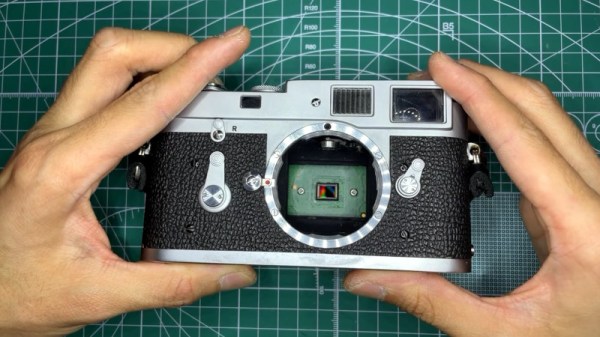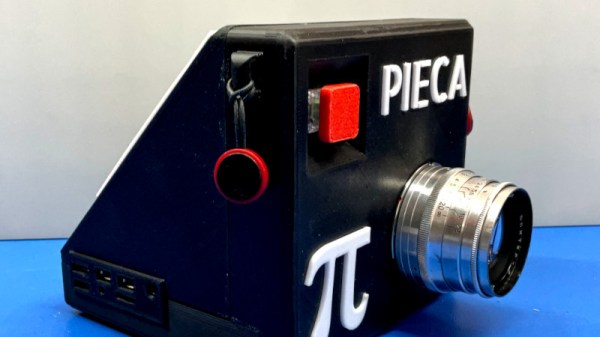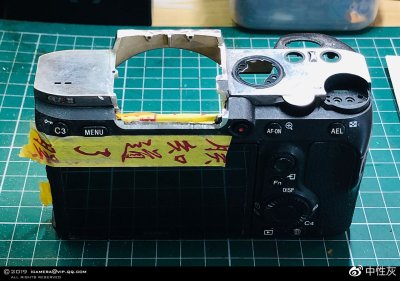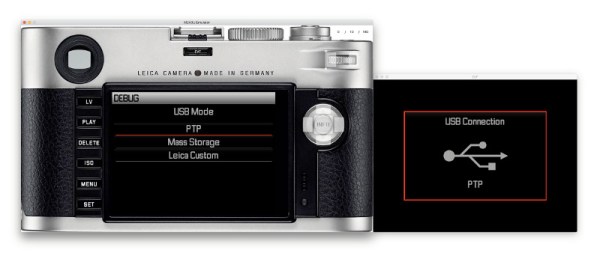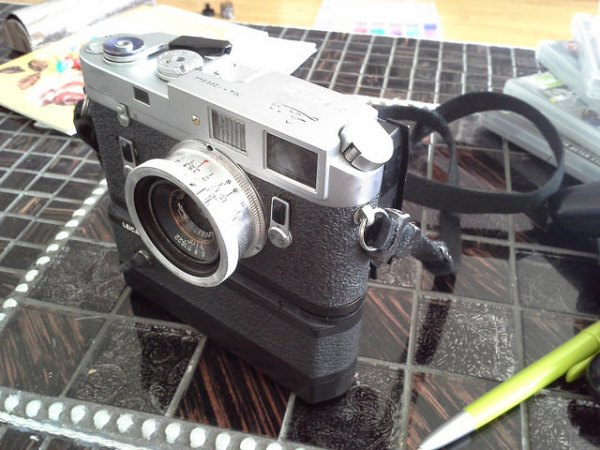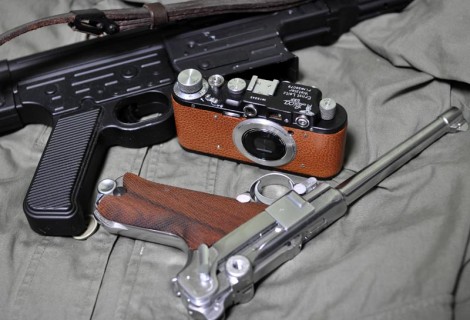As digital photography has become so good, perhaps just too good, at capturing near-perfect pictures, some photographers have ventured back into the world of film. There they have found the imperfections requiring technical skill to cope with that they desire, but they’ve also come face-to-face with the very high cost and sometimes sketchy availability of film stocks. From this has come the so-called post-digital movement which marries analog cameras and lenses with digital sensors, and of this a particularly nice example comes from [Michael Suguitan]. He’s taken a classic Leica M2 rangefinder camera, and built a new back for it containing a Raspberry Pi Zero and sensor.
Perhaps the best thing about this conversion, and something which should propagate forward into other builds, is the way it does not hack or modify the original camera beyond the replacement of the already-removable back. A vintage Leica is a pricey item, so it would be a foolhardy hacker who would proceed to gut it for a digital conversion. Instead he’s mounted everything that makes a digital camera, the sensor, Pi Zero, and screen board, behind the camera body. The Pi shutter trigger comes from the Leica’s flash terminal, meaning that there’s plenty of time for it to take a photo while the shutter is open.
He’s admirably preserved the usage and properties of the Leica, and his photographs as can be seen in the video below the break bear testament to what is possible with the camera. He still has to work with the tiny sensor size though, meaning that all photographs are at a much higher zoom level than on the original. We would love to see a camera conversion like this one that incorporates appropriate lenses to bring the picture to focus on this small sensor.
We won’t own a Leica any time soon, but we like this conversion. It’s by far the most sympathetic, but it’s not the first rangefinder conversion we’ve seen.
Continue reading “A Non-Destructive Digital Back For A Classic Leica”

